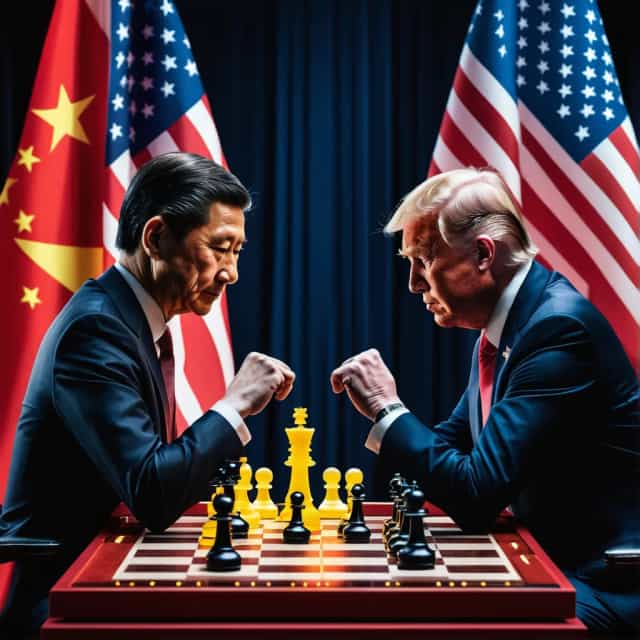
Image source: Block Media
a16z Introduces a Comprehensive Framework for Evaluating Growth in Crypto Projects
Andreessen Horowitz (a16z), the prominent venture capital (VC) firm, has launched an innovative framework to assess the development of cryptocurrency projects. This approach challenges traditional Web2 metrics, arguing they fail to account for blockchain's distinct values and dynamics. The initiative, unveiled in a blog post by Maggie Hsu, Head of Go-to-Market at a16z Crypto, seeks to redefine success indicators for various domains within Web3, including Layer-1 (L1) blockchains, decentralized finance (DeFi) protocols, and more. By adopting tailored metrics, a16z aims to deliver a more accurate evaluation of project performance.
Tailored Metrics Across Web3 Domains
a16z asserts that different Web3 domains require specific evaluation criteria—one-size-fits-all metrics simply don’t suffice. For Layer-1 and Layer-2 networks, success cannot be judged solely by monthly active addresses (MAA). Instead, a nuanced perspective is needed to examine the simultaneous growth of applications within these ecosystems. For instance, a rising number of active addresses without proportional growth in decentralized applications could indicate spam activity or reliance on a limited number of apps—warning signs of an ecosystem’s instability.
In the case of DeFi protocols, total value locked (TVL) is often regarded as a key metric. However, a16z advocates for integrating "cost of capital" measures, analyzing fees generated relative to the subsidies provided. This deeper level of assessment reveals how efficiently a protocol operates, offering richer insights than TVL alone.
Meanwhile, infrastructure projects, wallets, and crypto gaming ventures may benefit from traditional software industry indicators, such as gross retention rate (GRR) and daily active addresses (DAA). These benchmarks reflect user engagement and support evaluations of long-term sustainability.
Reinterpreting Customer Metrics for Blockchain
The crypto landscape demands a rethinking of conventional customer metrics like customer acquisition cost (CAC) and customer lifetime value (LTV). In Web3, "customers" often refer to wallet addresses, adding complexity to their measurement. a16z proposes that CAC should incorporate factors unique to blockchain, such as advertising expenses along with incentive programs like token airdrops and quest rewards. These components significantly impact acquisition strategies that traditional metrics tend to overlook.
Calculating LTV in crypto presents additional challenges, given user anonymity and the potential for one individual to operate multiple wallet addresses. To approximate LTV, Hsu suggests estimating a single wallet’s total TVL contribution throughout the lifecycle of a project. This adjustment reflects the nature of user interaction within decentralized ecosystems.
Balancing Quantitative Metrics with Qualitative Signals
While quantitative metrics play a vital role in understanding project growth, a16z emphasizes the importance of qualitative signals. According to Hsu, factors such as community discussions, grassroots sentiment, and intuition often serve as quick indicators for finding product-market fit (PMF). Community vitality, on-the-ground user feedback, and long-term engagement strategies can reveal insights that data alone may miss. Balancing these qualitative aspects with robust metrics enables a more holistic evaluation.
Supporting Sustainable Crypto Innovation
a16z’s framework not only aims to redefine the measurement of success for crypto projects but also seeks to foster sustainable innovation across the broader blockchain ecosystem. By adapting traditional metrics and integrating qualitative and intuitive judgment, the framework addresses challenges unique to Web3 while driving long-term growth.
The venture capital giant’s effort underscores the critical need to align evaluation practices with blockchain’s revolutionary potential, ensuring that the industry continues to thrive amid its rapid evolution. For those seeking to explore more, check out related discussions on AI’s role in blockchain and the transformative power of stablecoins globally.










